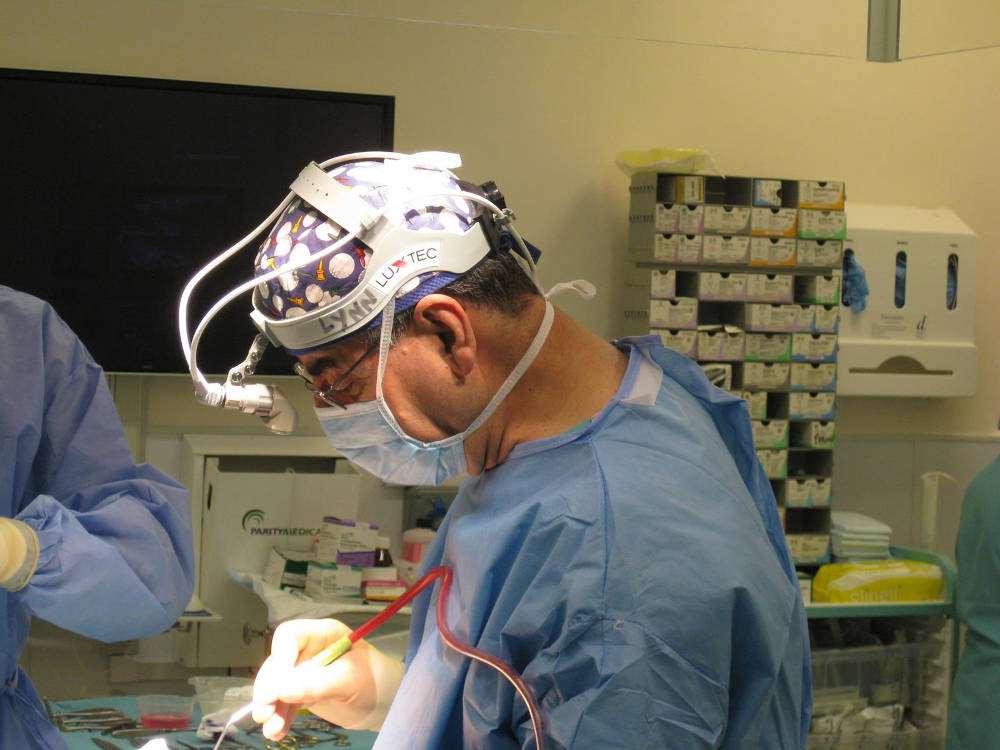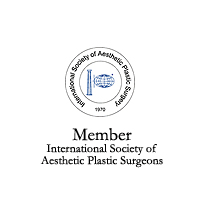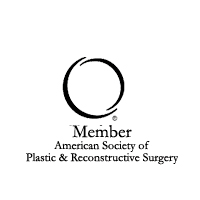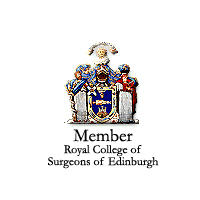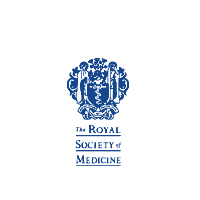Correction of Gynaecomastia. Excess of breast glandular and fat tissue in the male.
Gynaecomastia the excess development of glandular and fat tissue in the male breast. It is estimated that this condition affects about one of every the males at some point in life. The term was introduced by Galen during the second century AD and the surgical reduction was first described during the seventh century AD by Paulis of Aegina. Gynaecomastia is a benign condition caused by hormonal changes, most of which are reversible (e.g. puberty), but it may also be idiopathic (no detectable cause).
In adolescence and in the adult it is possible that the breast fat develops in excess causing a cosmetic defect. This can be treated in many cases exclusively with the use of liposuction although in other occasions when there is marked excess or very dense, it is combined with direct surgical excision of the very fibrous tissue that is not possible to aspirate by liposuction techniques. (see also male liposuction).
We include a classification of the degrees of gynaecomastia and the general lines of treatment in relation to the grade.
| Description | Treatment | |
|---|---|---|
| Grade I | A localized button of tissue that is concentrated around the areola.; the chest is not fatty, and there is no skin excess. | These buttons are usually easy to remove through an incision in the areola. |
| Grade II | Diffuse gynecomastia on a fatty chest where the edges of the tissue are indistinct. | Liposuction with or without the combination of direct excision. |
| Grade III | Diffuse gynecomastia with excessive skin. | External (outside the areola) skin excisions or nipple repositioning, or both. The least frequent. |
Mr. Matti will provide you with details of the line of treatment that is most suitable in your individual case.
He will be able at the same time to inform you of the implications of treatment including possible side effects and complications which are rare but such as revision surgery and irregularities.



